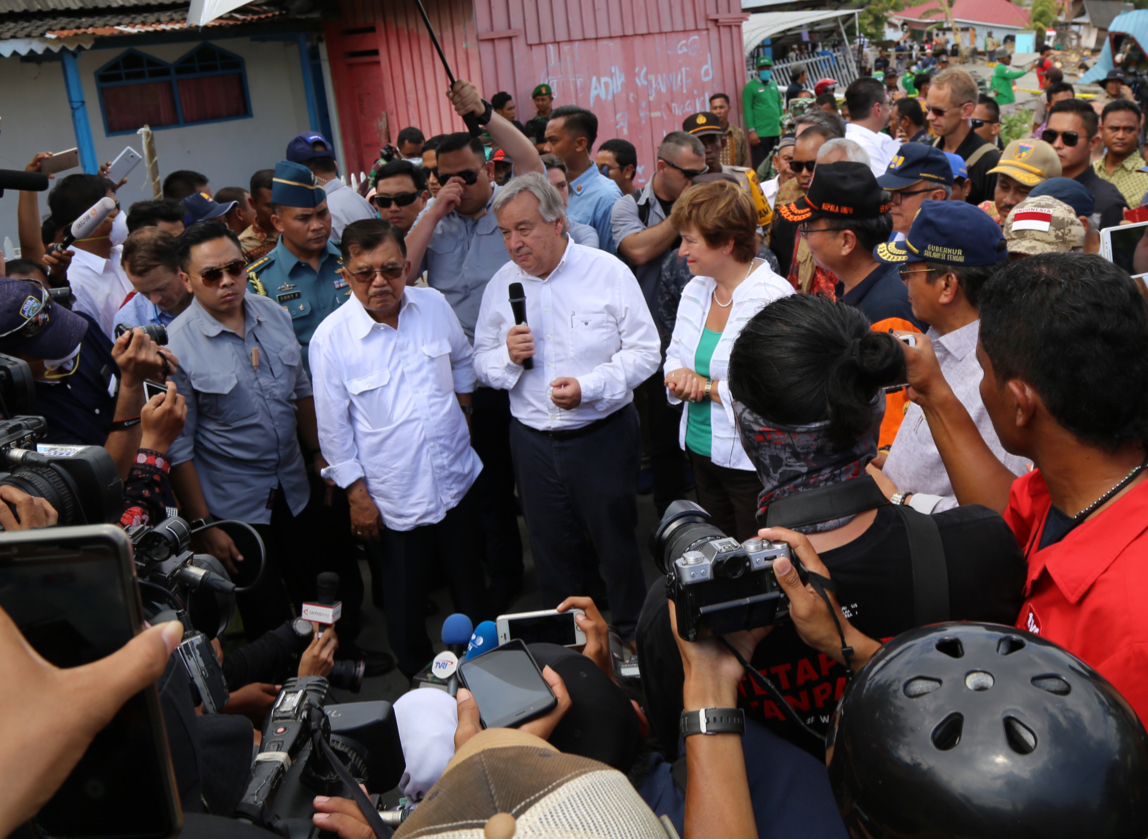


Digital Technologies and Mediation
Toolkit 1.0
This Toolkit is intended for mediators. Together with its accompanying report, it assesses opportunities and risks related to the use of digital technologies in mediation contexts. It also provides concrete examples and advice from practitioners and experts.
The practice of mediation remains a human-intensive endeavour, even if digital technologies are often deemed revolutionary due to their velocity, scope and systems impact.
Digital technologies can bring significant efficiencies and opportunities to the mediation effort. At the same time, the dual use nature of digital technologies also means that their use can present important risks. Understanding these risks allows mediators to better leverage the opportunities of digital technologies.

The UN Guidance for Effective Mediation defines mediation as a process whereby a third party assists two or more parties, with their consent, to reach mutually acceptable agreements.
Digital technologies are defined as electronic equipment and applications that are used to find, analyze, store, create, communicate and disseminate information. The technologies have an important influence on the way mediators communicate and work.
Managing Risk
A risk management mind-set guided by the principle of ‘do-no-harm’ is required to determine which technologies should be used when, where and why during different phases of a mediation process and in accordance with the mediation strategy.
To mitigate risk and potential harm to the mediation effort, mediators need to develop skills in digital literacy and deepen their awareness of digital safety and security issues associated with digital technologies. They also need to include digital technologies and the management of associated risks in their planning and budgeting processes.

- Digital literacy: Mediators need to develop basic information and communication technology (ICT) skills. They also need to understand the digital ecosystem of a mediation environment and include related factors in their analysis. This includes user data such as age, gender, language and literacy; the national information technology (IT) infrastructure, including access to critical internet and electricity resources; and the current and prospective digital technologies used by conflict parties and other relevant actors.
- Digital Security and Safety: Mediators need to acquire basic cyber hygiene and digital security and safety skills. They need to be keenly aware of the vulnerabilities and risks associated with digital technologies. This includes the data storage, as well as the privacy policies and practices of the owners of the digital tools they use. Mediators should also ensure that they, or their organization, are operating in line with applicable data protection policy and privacy requirements.
- Planning and Resources: Mediators need to adapt their planning and budgeting processes to support the uptake and use of digital technologies throughout a mediation effort. This might include integrating new capacities and skills in the mediation team, as well as the costs associated with managing security and safety risks.
The digital technologies and tools currently used by mediators include:
Social Media
Social media is an umbrella term for a variety of interactive applications that allow users to create content (texts, photos, videos) and share ideas with each other through an online community. Users engage with social media on their computers, tablets or smartphones via web-based software or applications. Mediators and their teams use different social media applications to support analysis, strengthen channels for engaging with conflict parties, foster greater inclusivity and strengthen public communications strategies.
The social media applications most prevalently used by mediation experts include platforms such as Facebook, Flickr, Instagram, LinkedIn, SnapChat, Twitter, YouTube and instant messaging applications such as Signal, Telegram, Viber and WhatsApp.
GEOGRAPHIC INFORMATION SYSTEMS (GIS)
Geographic Information Systems are digital tools that store, analyze and visualize information in map format. The data is collected via satellite imagery and triangulated with data collected from other sources. GIS technologies can be leveraged by mediators and their teams to provide geographical information – real-time or historic – on specific locations and how they are affected by the situation on the ground. They can help focus attention on specific population groups such as women or marginalized groups. They can also be used to monitor security arrangements or ceasefire agreements, and provide an important means for building confidence between conflict parties.
A number of international organizations, including the United Nations, have significant map and GIS resources at their disposal. For instance, this includes the UN Geospatial Information Section’s (UN GIS) general, mission and thematic maps as well as spatial and imagery analysis, OCHA’s Relief Web Maps, or UNOSAT’s imagery analysis and satellite solutions. For smaller non-governmental organizations working in the field of mediation and broader conflict prevention, high costs have limited the use of GIS resources, although the technology is increasingly accessible today. Numerous open-source and crowd-sourced tools such as Airbus’ Defence and Space, Global Incident Map, Jane’s Satellite Imagery Analysis, Liveuamap, MDA Geospatial Services and Ushahidi provide important low-cost alternatives.
DATA ANALYTICS
Data Analytics refers to the complex process of analyzing large volumes of data, or ‘big data’, and identifying hidden and consistent patterns, correlations and other insights. Different technologies and techniques are used to gather the data from a wide variety of digital sources. In conflict contexts, data analytics is largely used for the purpose of conflict analysis, early warning, prediction of conflict and perception or sentiment analysis. Like GIS, data analytics can also be used to monitor and verify developments on the ground, build confidence between the parties, and inform communications strategies. Data analytics is a complicated analytical process that mediators and their teams must handle carefully, as outcomes depend heavily on the quality (and quantity) of the data processed and can be shaped by the cognitive and social biases underlying the programming algorithms.
Data analytics tools currently used in mediation contexts include Crimson Hexagon, Crowdtangle, DataminR, Europe Media Monitor, Factr, Google Analytics, Hootsuite, Storyful, Sysomos, Talkwalker and Twitterfall.
Other technologies currently attracting the interest of mediation practitioners include:
MACHINE LEARNING
Machine learning is a subfield of Artificial Intelligence with potential opportunities for the field of conflict management. It refers to a method whereby humans feed an algorithmic model extremely large data sets, enabling the machine to learn to discern patterns or correlations. A key output of machine learning is to generate predictions about what conflict stakeholders will do, when and where. These kinds of models are already used in a number of critical applications such as data mining and data analytics, natural language processing, and language and image recognition. For mediators and their teams, machine learning has the potential to increase efficiency by making processes faster, smarter and cheaper, as well as generate predictions that might be useful to a mediation process. However, the risks and challenges of using such AI applications in such contexts are significant. The data that machines are fed can reinforce or amplify existing cognitive and social biases and promote or engender discrimination towards traditionally excluded groups and vulnerable communities. Context and technical experts would be required to correct and adjust the machine learning process and contribute their knowledge and analysis to improve accuracy.
Virtual Reality
Virtual Reality is defined as a three-dimensional image or artificial environment created with a mixture of interactive hardware and software. These visuals are presented to the user in such a way that they are perceived as a real environment to interact with. In mediation contexts, VR can help ‘transport’ participants into the lives of other communities to increase awareness and understanding of shared interests and commonalities, and serve as a basis for enabling personal interactions. It might also serve as a powerful tool for engaging parties through visual narratives that illustrate conflict resolution priorities, or to foster ‘perspective taking’ to cultivate empathy between conflict parties.
BLOCKCHAIN
Blockchain technologies are decentralized, independently verifiable and immutable ledgers that provide a way to share information and transfer digital assets in a fast, tracked and secure way. Blockchain technologies bring promises of greater trust, transparency, inclusivity and security. These technologies are mostly known for their application to the world of cryptocurrencies and the transfer of financial value. Nevertheless, some companies are adapting blockchain technologies for use in secure online legal and dispute resolution services while others are promoting their use as a secure means to record votes during elections and enhance auditability. Humanitarian practitioners are also beginning to look at how these technologies can be applied to information management, identification, supply chain tracking, cash programming and humanitarian financing. In the future, blockchain technologies could provide a more secure and trusted means for mediation teams to manage and exchange information relevant to a mediation process as well as for the implementation of peace agreements. Yet, the technology remains highly complex and several important limitations would have to be overcome before they are applied in complex mediation contexts.
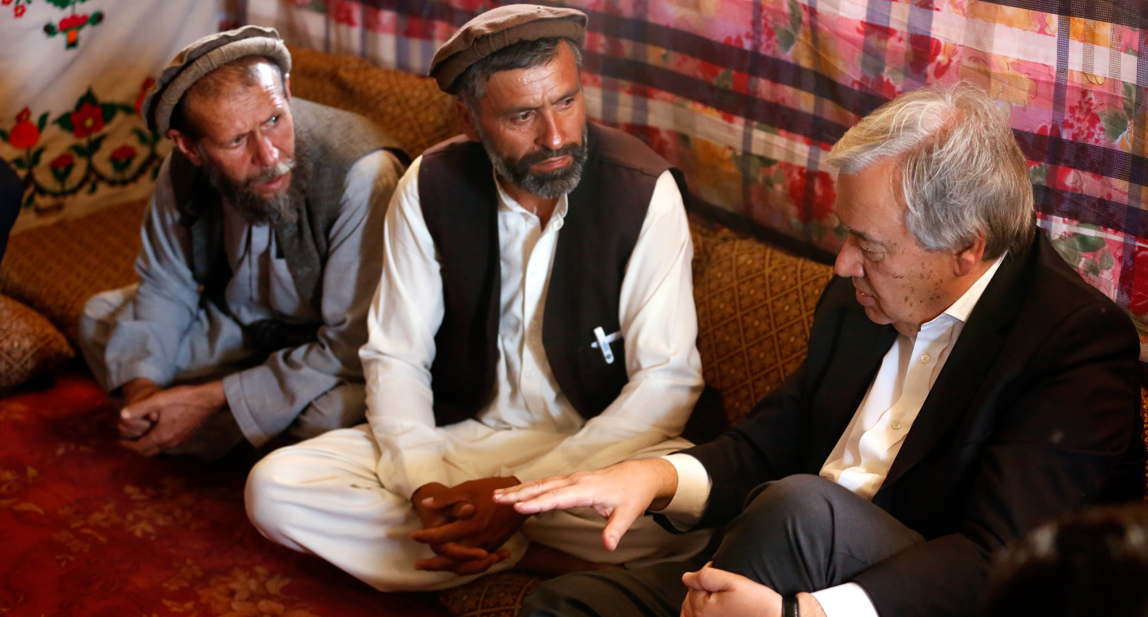
Conflict Analysis
Digital technologies influence both the conduct and the content of conflict analysis.
Read moreConflict Analysis
Digital technologies increase the volume, variety and velocity of information that can be gathered for conflict analysis. They also provide innovative means for managing and organising it. Data derived from digital sources should, however, be triangulated with other sources of information to ensure a more informed analysis.
As for the content of conflict analysis, mediators and their teams need to consider additional factors such as the digital ecosystem of a given setting and the power dynamics of conflict parties. This includes, for instance, the competition for control or disruption of critical internet resources. Mediators also need to consider the safety, security and reputational risks associated with collecting and storing the information used for conflict analysis.

Opportunities
- Low-cost, real-time and, increasingly, automated access to greater volumes and variety of information to support conflict analysis.
- Efficient tools to manage, organise and visualize information for conflict analysis.
- Real-time remote access to monitor developments on the ground, such as ongoing military activities, movements of populations or armed groups, for early warning or verification purposes.
- Enhanced capacity to identify sources/promoters of instability and violence, including hate speech, misinformation and disinformation.
Risks
- Lack of capacity and resources (human and technological) to manage, secure, analyze and contextualize significant volumes of information.
- Biased results, reinforcing existing discriminations and exclusionary patterns or producing new ones.
- A false sense of informed decision-making.
- Mixed technical capacity to understand how conflict parties use digital technologies to support their positions and interests or compete for control of critical internet resources.

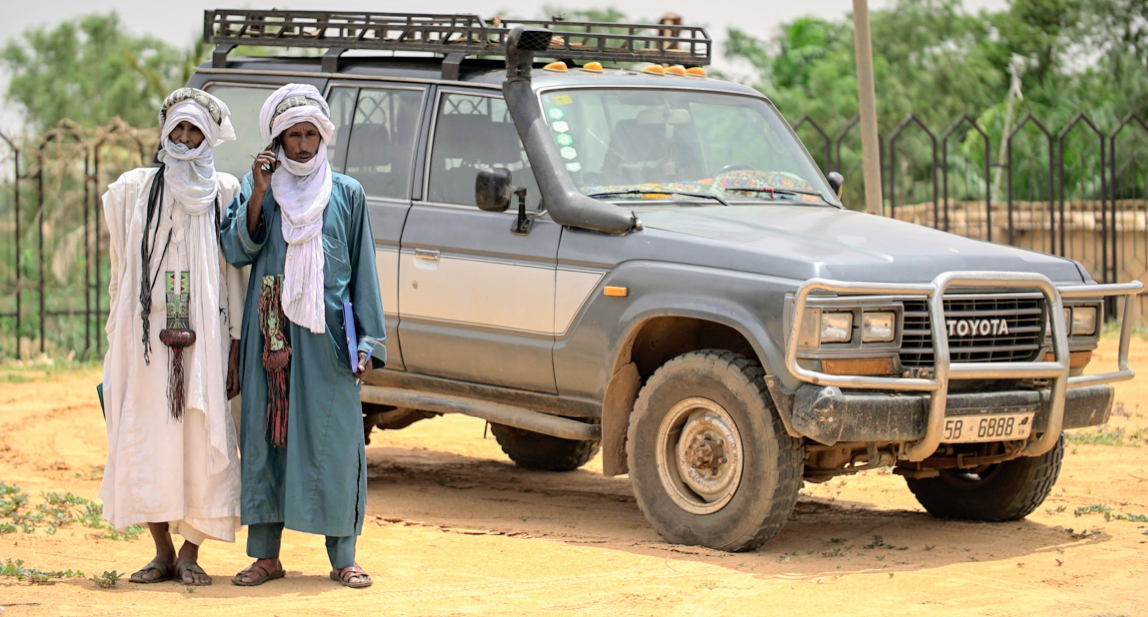
ENGAGEMENT WITH CONFLICT PARTIES
Mediators increasingly rely on digital technologies to facilitate and sustain communications with conflict parties. Such technologies can provide new spaces for dialogue and negotiation and can offer options for engagement with the parties when physical contact is difficult or impossible.
Read moreEngagement with Parties
For mediators, in-person exchanges with conflict parties and other stakeholders remain the most effective means of engagement. Nonetheless, many mediators increasingly rely on digital technologies for the significant efficiencies and opportunities they can bring to a process.
A mediator’s choice of digital means for engaging with conflict parties will depend on the mediation strategy, the situation on the ground, the level of connectivity in a given setting, and the preferences of digital tools used by the conflict parties. In particular, security and safety issues regarding the tools used and the information stored in the process of engagement need to be considered, as do reputational risks.

Opportunities
- Enhanced communication and increased frequency and variety of interactions.
- Increased physical security and options for virtual interaction when face-to-face meetings are difficult or not possible.
- Reduced financial costs and logistical challenges for mediation teams and the conflict parties.
- Direct communication with decision-makers within the parties.
- Options for parties to work on documents in real time.
- Timely communications and enhanced coordination with different regional and international partners stakeholders involved in a mediation process.
Risks
- Increased risk of misinterpretation of communications.
- The additional ‘noise’ stemming from interactions on social media can distract from or put pressure on conflict parties during negotiations.
- Reduced trust amongst those actors, who may prefer traditional modes of communication and traditional mediation techniques.
- Constant contact with, and increased pressure on negotiators from their constituencies.
- Breaches in confidentiality by the parties or the mediation team.
- Increased asymmetry between the parties in certain conflicts driven by factors such as access to digital technologies and critical internet resources, or the ability of the stronger party to intercept communications.

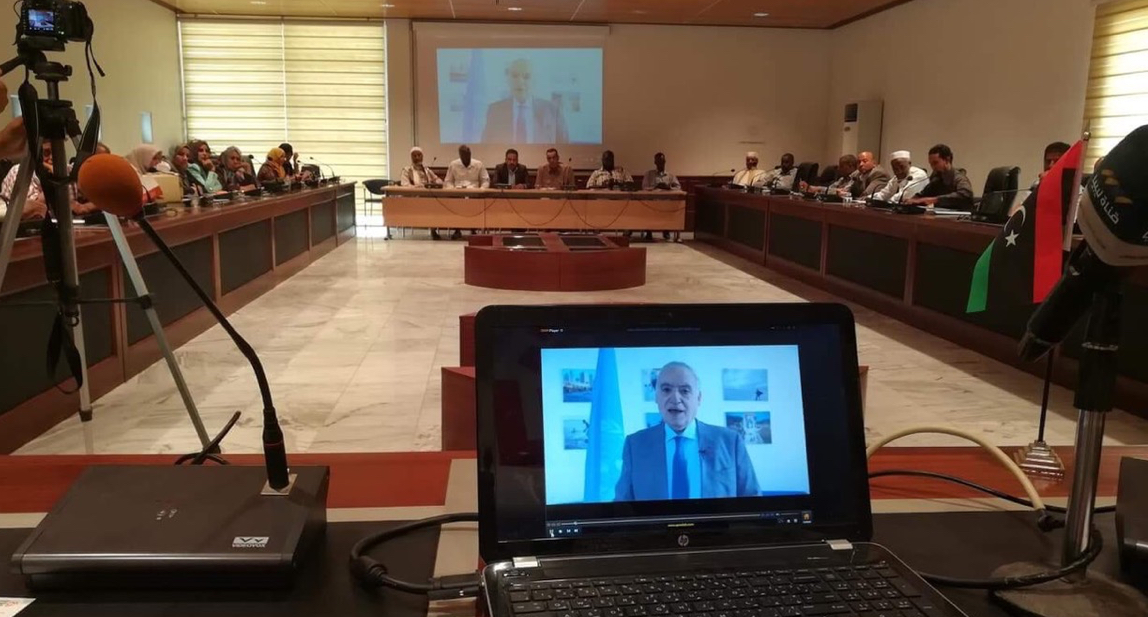
Inclusivity
Digital technologies offer new opportunities for engaging and including the perspectives of a wider group of stakeholders throughout the phases of a mediation process. They can also lower the costs and the logistical requirements of running consultation processes.
Read moreInclusivity
As mediators have increasingly become confronted with the challenge of managing the tension between inclusivity and efficiency: mediation processes can become more complex when the consultation base expands.
Mediators also need to be able to manage expectations, which might be amplified through broad social and traditional media engagement; and ensure new patterns of exclusion are not produced through access barriers or algorithmic biases. Digital security, safety and reputational risks also need to be considered.

Opportunities
- Inclusion of views and perspectives of a greater and more diverse number of people, including from traditionally excluded or hard-to-reach groups.
- Online consultations can be less resource-heavy, safer and often more viable for local populations than referenda.
- Increased inclusivity without necessarily broadening the formal negotiating table.
- Online consultation mechanisms can be used as additional entry points in the event that a specific process is blocked.
- Increased capacity of parties through access to online resources information on peace-making and negotiation techniques.
Risks
- New forms of exclusion created by internet access and other resource barriers, or algorithmic biases.
- More complex or overloaded processes, with unmanageable expectations, often amplified through social media interactions.
- Insufficient cybersecurity measures to protect the digital tools used for consultations, potentially leading to the identification of contributors and compromising their safety and security.

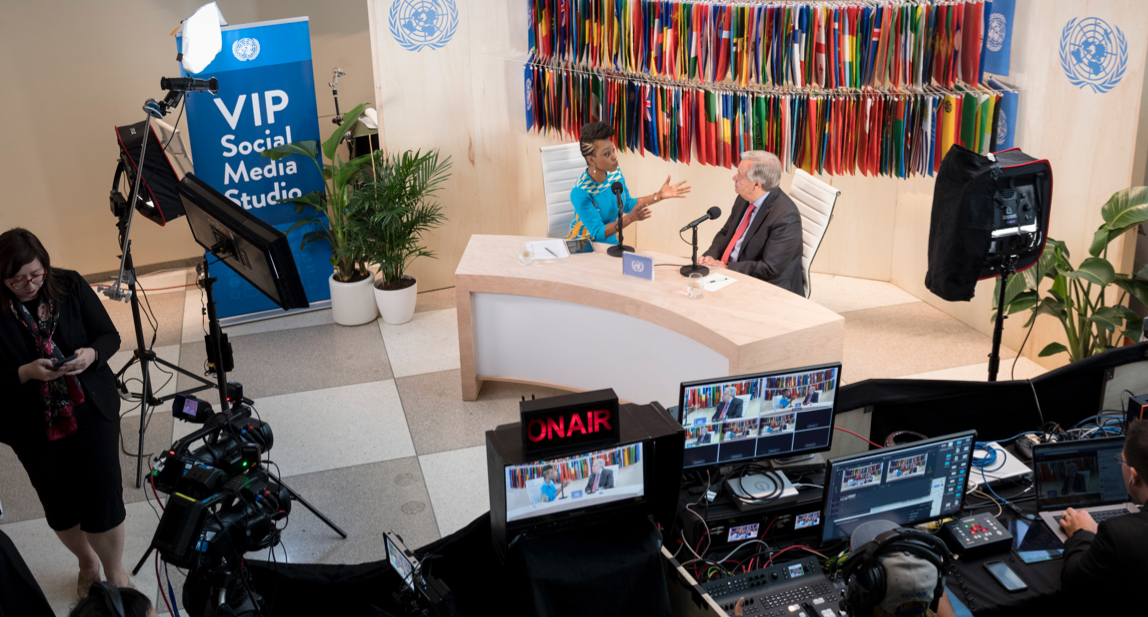
Strategic communications
Digital technologies have become essential - alongside traditional media - to informing and delivering a mediator’s communications strategy.
Read moreStrategic Communications
When designing public communications strategies, mediators should consider the strategies used by conflict stakeholders as well as the conflict context, the different phases of the process and the opportunities and risks of online visibility.
Understanding the digital ecosystem in the context in question is crucial for determining which digital tools to use to convey messages to which audience. Awareness of how conflict parties use online communication tools to convey their positions, and promote their own narratives and counter-narratives are important for informing a public communications strategy. As with the other thematic areas, digital security, safety and reputational risks also need to be considered.

Opportunities
- Provide access to a broader and more diverse audience on issues relating to the mediation process, including through the use of graphic material and photographic images.
- Provide a mediator with the opportunity to regularly update the public on developments in the process, and potentially counter spoilers.
- Key messages can be directed at target audiences and influencers to magnify their effect.
- Social media companies are increasingly compelled to remove or prohibit content such as hate speech, misinformation and disinformation on their platforms.
- Several third-party actors have developed tools to mitigate or counter hate speech, misinformation and disinformation.
Risks
- Misinformation and disinformation relating to the mediation process can expose mediators to criticism. Responding may entangle them in so-called ‘information wars’.
- Provide potential spoilers with additional means to influence public perception and derail a peace process.
- Social media companies continue to face technical, definitional and normative issues in their efforts to remove social media content.
- Third parties focused on flagging or countering hate speech, misinformation and disinformation continue to encounter technical, definitional and normative challenges.
- Insufficient cybersecurity measures to protect the digital tools used for consultations, potentially leading to the identification of contributors and compromising their safety and security.

Case Studies
These short case studies provide examples on how digital technologies have been used in thematic areas identified in the Toolkit. The cases studies do not assess the outcome of the activities described and are not an exhaustive account of the processes referred to.

